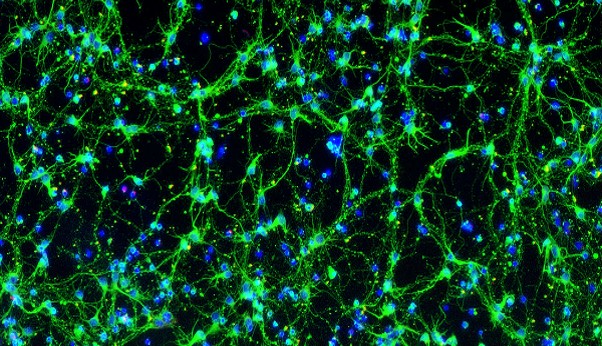 Expanded Rat Neuron Line Added at CAI
Expanded Rat Neuron Line Added at CAISAN DIEGO, July 8, 2015 -- Cell Applications, Inc. announces the expansion of its rat neuron line, complimented by neuron-optimized coating, transfection, and media products. Neurons provide an excellent cell model to better understand memory, consciousness, motivation, sleep cycle, alertness, and bodily functions like breathing, circulation, coordination, and temperature regulation. The cells also permit research into central nervous system diseases, cognitive dysfunctions, brain injuries and psychiatric disorders. In an effort to improve CNS function and treatment, cultured neurons can be used in pharmaceutical drug development, toxicology, live cell imaging and more.
Rat Cortical (RCoN) and Hippocampal Neurons (RHiN) are used respectively for research on memory and age-related CNS disorders like Alzheimer’s disease. The addition of Rat Dorsal Root Ganglion Neurons (RDRGN) provides a new tool to examine nerve injury and regeneration, while those working on coordination and equilibrium can select Rat Hindbrain Neurons (RHbN). Rat Midbrain Neurons (RMbN) play roles in muscle control, Parkinson’s and Lou Gehrig’s disease (ALS). Progress continues in the study of spinal cord-related issues like Friedreich's ataxia and spinal muscular atrophy, disorders suitable for molecular study in Rat Spinal Cord Neurons (RSpN). Rounding out the line, Rat Striatal Neurons (RStN) provide insights into addiction and Parkinson’s disease.
Derived from normal tissues by standardized methods, the neurons test negative for mycoplasma, bacteria, and fungi, as well as HIV, Hepatitis B/C for human cells. They stain positive for key markers such as β III-Tubulin, and when cultured under recommended conditions, the neurons arborize and form a complex neurite network. Available formats include neurons cryopreserved in ampoules, or freshly isolated cells in suspension or pre-plated formats.
